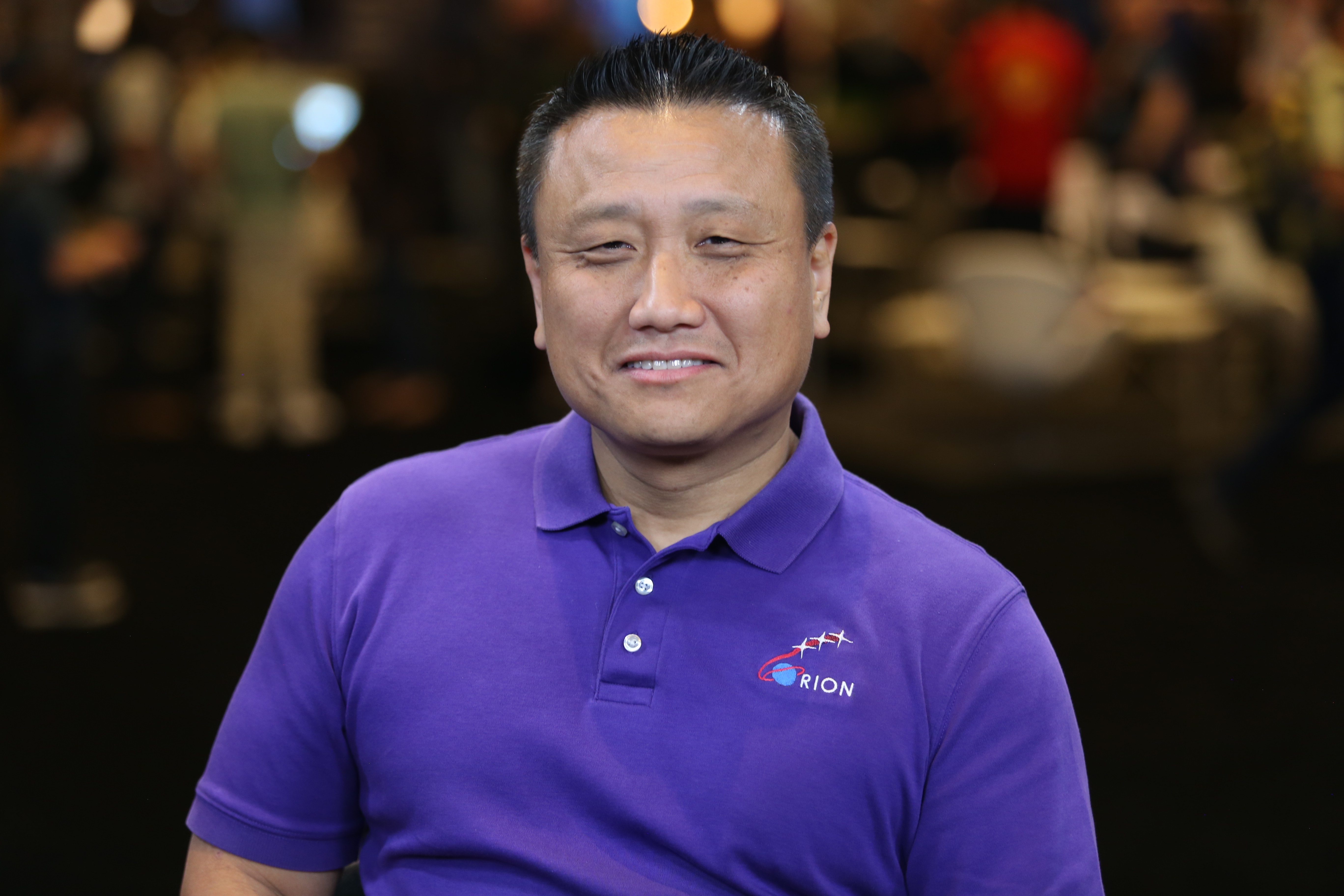 EMERGING TECH
EMERGING TECH
 EMERGING TECH
EMERGING TECH
 EMERGING TECH
EMERGING TECH
Technologies such as machine learning, artificial intelligence and automation have already transformed society. But organizations are continuing to innovate using this tech for enterprise computing.
Some companies are even partnering on technology that goes beyond Earth. For instance, Amazon Web Services Inc. and NASA are applying these technological underpinnings toward breakthrough cosmic exploration.
“Orion is our next human spacecraft,” said Howard Hu (pictured), program manager of NASA’s Orion program. “It’s going to take humans beyond low Earth orbit, and we’re part of the broader Artemis campaign. So Artemis is … our NASA plan to return the first person of color and the first woman back to the moon. And we’re very excited to do that.”
Hu spoke with theCUBE industry analyst John Furrier at Amazon re:MARS 2022, during an exclusive broadcast on theCUBE, SiliconANGLE Media’s livestreaming studio. They discussed how AWS’ MARS technology has helped propel innovation at NASA. (* Disclosure below.)
The confluence between computing tech and astronomy isn’t terribly noticeable, but it indeed exists. Innovation is indeed melding with the industrial space, and technologies like AI and machine learning will be invaluable to creating the robotics and computer systems behind spacecraft like Orion — and easing the day-to-day operations of the astronauts themselves, according to Hu.
“We are not only just going to a destination … but we’re exploring and we’re trying to establish a very clear long-term presence that will allow us to engage what I think is the next step, which is science and the things that can come out of that in terms of scientific discoveries,” he said.
Artemis will be broken up into three phases, the first of which will involve the space launch system on top of which Orion will sit, hovering around the moon for 40 days.
“On Artemis 2, we will have the first test of the humans onboard Orion,” he said. “So four people will fly on Artemis 2. We’ll also circle the moon for about 10 to 12 days.”
The final Artemis 3 phase will be the actual landing mission.
Here’s the complete video interview, part of SiliconANGLE’s and theCUBE’s coverage of the Amazon re:MARS event:
(* Disclosure: This is an unsponsored editorial segment. However, theCUBE is a paid media partner for Amazon re:MARS. AWS and other sponsors of theCUBE’s event coverage have no editorial control over content on theCUBE or SiliconANGLE.)
THANK YOU